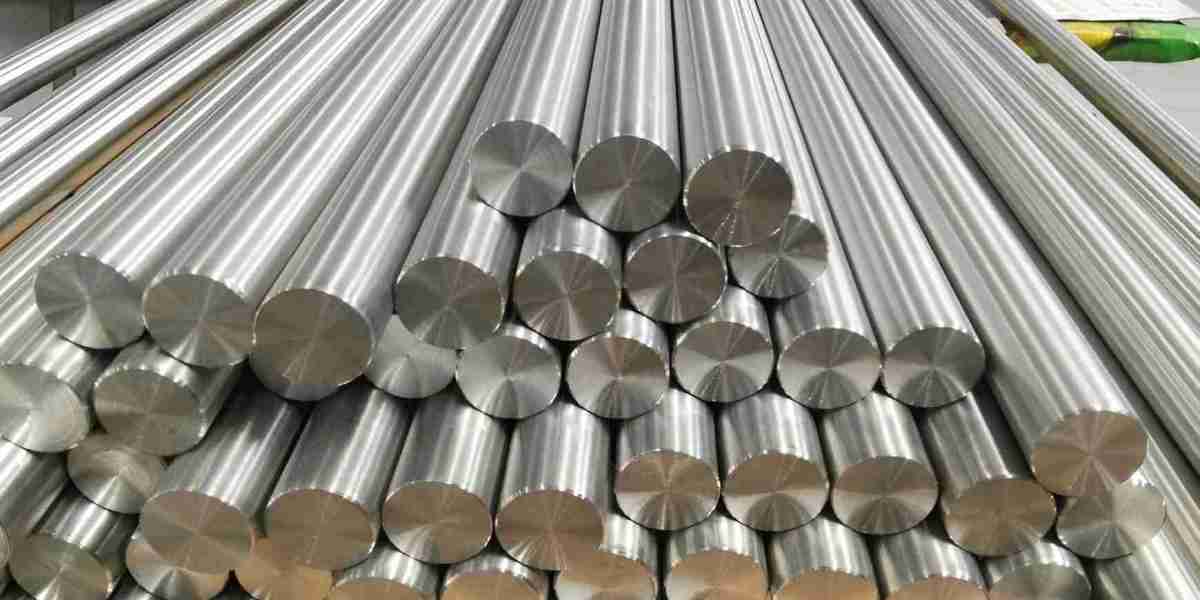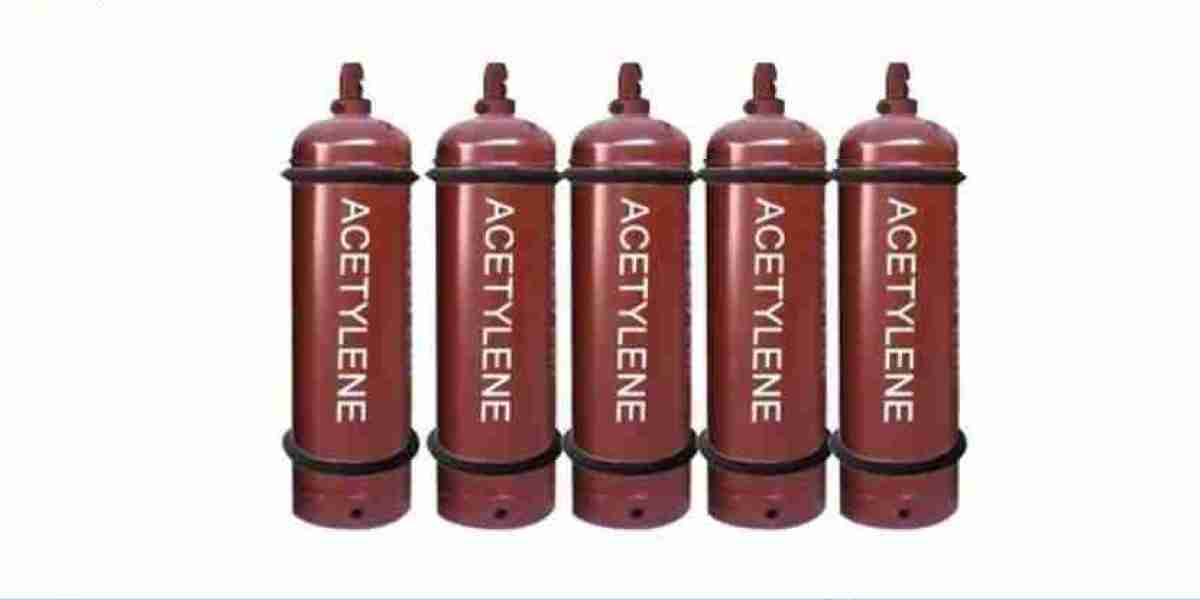The stainless steel market has experienced significant changes over the past few decades, transforming from a niche product to one of the most essential materials used in various industries. With growing demand for corrosion-resistant and durable materials, stainless steel has emerged as a critical component across sectors such as construction, automotive, aerospace, food processing, and medical equipment. This article explores the evolution of the stainless steel market and analyzes key factors influencing its growth.
Early Development and Emergence
Stainless steel was first developed in the early 20th century when British metallurgist Harry Brearley discovered that adding chromium to steel created a material that resisted rusting. In the following decades, this discovery gained prominence, particularly after World War II, as industries recognized the advantages of this durable material. Early applications were limited but included items like cutlery, watch parts, and surgical instruments. As demand for these products grew, manufacturers began producing stainless steel in higher quantities, gradually boosting its market potential.
In the 1950s, stainless steel began to find applications in industries beyond consumer goods, such as construction and automotive manufacturing. The market witnessed a steady rise in demand due to stainless steel’s exceptional corrosion resistance, strength, and ease of maintenance, making it the ideal material for equipment exposed to harsh environments. Over time, the development of advanced production methods, such as electric arc furnaces, allowed manufacturers to refine their processes and offer higher-grade stainless steel products.
Modern Growth Drivers
The rise of globalization and industrialization has been a significant driver in the evolution of the stainless steel market. One of the most important sectors fueling market growth is the construction industry, where stainless steel has been used extensively for facades, handrails, columns, and steel frames. The durability and low maintenance of stainless steel make it perfect for use in demanding environments like coastal areas where exposure to saltwater accelerates rusting of conventional steel.
The automotive sector has also played a pivotal role in the expansion of the stainless steel market. Stainless steel components are widely used in exhaust systems, heat exchangers, and catalytic converters because of their ability to withstand high temperatures and corrosive gases. With a growing emphasis on sustainability, automakers have sought materials that can withstand prolonged use while maintaining their strength, corrosion resistance, and aesthetic appeal.
The demand for stainless steel in the food processing industry has also surged as the global population grows, and hygiene standards become more stringent. Food-grade stainless steel is used extensively in the production of kitchen equipment, food storage containers, and processing lines because it resists bacterial growth and is easy to clean. This has made stainless steel one of the essential materials in meeting modern food safety standards.
Furthermore, the medical and healthcare sector has become a key market for stainless steel. Stainless steel is utilized in various applications such as surgical instruments, orthopedic devices, and medical implants due to its biocompatibility and resistance to bodily fluids. The demand for high-quality, sterile medical tools has resulted in the continued development of specialized stainless steel grades.
Future Prospects and Sustainability Trends
In recent years, there has been a noticeable shift towards the sustainable production of stainless steel. The industry's carbon footprint has been scrutinized, with increasing demand for eco-friendly manufacturing practices. Advances in recycling technologies have enabled manufacturers to recycle large volumes of stainless steel, which not only reduces raw material consumption but also decreases energy use in the production process.
Looking to the future, the stainless steel market is expected to grow, driven by continued technological advancements, improved sustainability measures, and the expanding demand for specialized stainless steel in various industries. Developing nations are predicted to account for a large portion of the future demand as industrialization expands in regions such as Asia Pacific and Latin America.
In conclusion, the evolution of the stainless steel market can be attributed to numerous factors including technological innovations, increasing industrialization, and the material’s versatility and sustainability. With continued growth across industries, stainless steel remains integral to the functioning of modern economies, providing solutions to the challenges of durability, sustainability, and efficiency.




